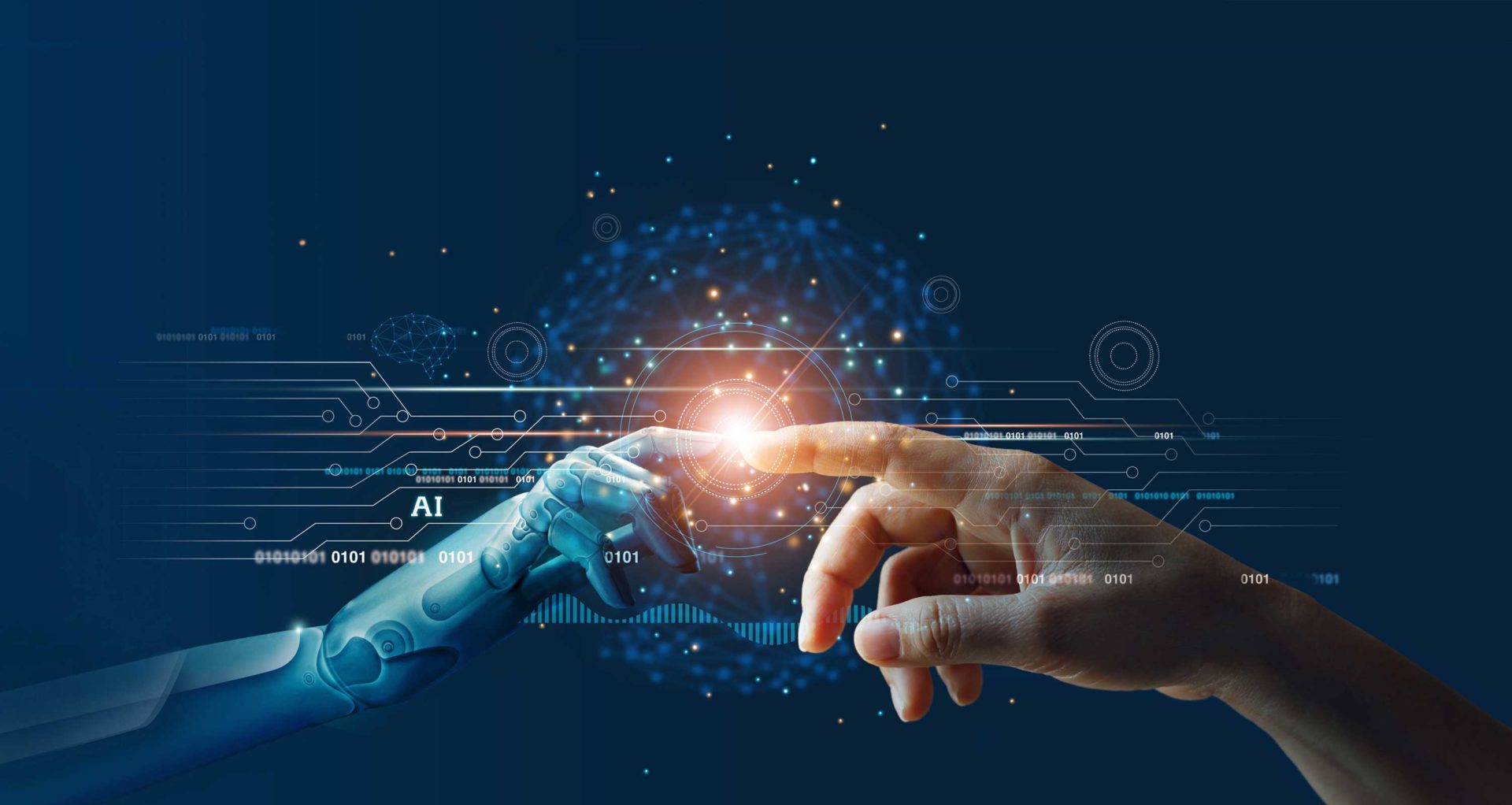The AI Revolution: Transforming Medicine, Media, and More
Artificial Intelligence (AI) continues to captivate the world, especially with the rise of large language models (LLMs) that excel at generating diverse content—from engaging poetry to breathtaking photorealistic images. However, while these tools are revolutionary, they still require a delicate orchestration with human oversight.
Understanding AI’s Pervasiveness
AI, at its core, embodies the essence of making machines perform tasks that we humans deem intelligent. This technology has infiltrated our daily lives in various forms. For instance, think about how navigation apps guide us to that cozy new diner with optimal routes or how aircraft can autonomously land. Even the simplest household thermostats utilize AI principles to adapt their settings based on our presence. As a tongue-in-cheek observation goes, when AI functions effortlessly, it’s merely seen as engineering. Conversely, AI remains the label for technology that stumbles along its path to efficiency.
AI is integrated into many aspects of our daily lives.
The Dominance of Deep Learning
Currently, the spotlight shines brightly on AI models, particularly those powered by deep learning techniques. By employing linear algebra and statistics, these models effectively extract and learn patterns from vast datasets during their training phase. Notable instances include leading technologies like Google’s Gemini and OpenAI’s GPT, both of which have been trained on extensive compilations of text, images, and videos. The evolvement of these models has birthed intriguing yet unpredictable “emergent” capabilities that promise groundbreaking potential across various domains, including media and healthcare.
Domain-Specific Applications
As LLMs evolve, we see an impressive array of specialized models tailored for specific fields—ranging from music and robotics to genomics and climate science. Each model harnesses the power of AI to perform tasks that were previously unimaginable, such as accurate disease diagnosis or dynamic climate modeling. For instance, in medicine, AI’s ability to analyze huge datasets could lead to quicker and more precise diagnoses, fundamentally transforming patient outcomes and healthcare workflows. The applications are as vast as they are profound, including assisting doctors in real-time decisions during surgery or even predicting patient needs before they are expressed.
AI’s integration into healthcare is reshaping patient care and diagnosis.
The Future is Now
The real magic of these technologies lies in their ability to augment human capabilities rather than replace them. It is critical to work collaboratively between AI and human professionals to tap into the full potential of this technology. Consider a chef who utilizes AI to refine recipes or a journalist who leverages language models to enhance storytelling—such synergies can elevate industries to unexpected heights.
In my own experience, I’ve observed how tools powered by LLMs can streamline tasks that were once labor-intensive. They empower creatives, researchers, and medical practitioners to achieve their objectives with greater efficiency and clarity. The integration of AI not only enhances productivity but also introduces an element of creativity that can lead to groundbreaking solutions.
Striking a Balance
However, as the use of AI proliferates, we must also confront ethical challenges and issues surrounding data privacy. Prolific data acquisition is a double-edged sword; while it can enrich learning algorithms, it also raises questions about the ownership and accessibility of personal information. Moreover, the risk of bias in AI systems underscores the need for transparent, conscientious AI deployment. As AI developers, researchers, and users, we must advocate for responsible practices that prioritize fairness and equity, ensuring that these advanced solutions are distributed evenly across society.
Ethical considerations are vital in the AI landscape.
Conclusion: A Brave New World
The ongoing evolution of AI, particularly through large language models, beckons a future filled with limitless possibilities. As we stand at the forefront of this technology, my hope is that we embrace its transformative potential while remaining vigilant stewards of ethical considerations. The intersection of AI and human expertise can lead to remarkable innovations across countless domains, dramatically shaping the fabric of our lives in the ensuing years.
In this brave new world, we have the opportunity to redefine how we interact with technology and leverage it to better ourselves and our society. The journey isn’t just about what AI can do—it’s about how we can use it to build a better future, collectively navigating the complexities of emerging technologies as we go.


 Photo by
Photo by 










